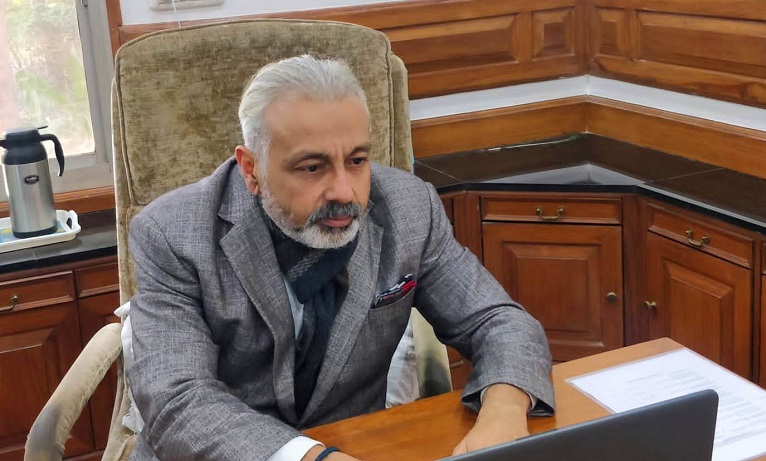Putting Gender Front and Center in Education
The fight for women’s rights dates back centuries, with movements of various sizes and shapes spanning generations of activists from every country around the world. One constant, however, has been the importance of education in driving progress for women’s and girls’ rights.
Today, nearly two out of every three girls attend secondary school, compared to one out of every two in 1998, and two out of every three countries worldwide have achieved gender parity in primary education. Despite these gains, over 130 million girls worldwide are currently out of school.
When girls do make it through the school gates, they are far too often the first to drop out, the first to be let down by the system. “To advance gender equality, a radically new and gender transformative approach to education is required. Gender equality in education is about more than just getting girls into school and keeping them there for a certain amount of time; it’s about what happens once they’re there, allowing them to benefit equally from the opportunities provided and driving progress towards a more gender-equal world.” Says Anoop Singh Bishnoi, Chairman of The Doon School, Dehradun.
Girls are safe in and around schools when gender equality is achieved in education. In textbooks, they see themselves as entrepreneurs, computer scientists, and world leaders. They have equal attention and expectations from their teachers. They learn about issues that marginalize women and girls alongside boys, and they are empowered to challenge the regressive norms and forms of discrimination that perpetuate gender inequality.
Education is a driving force in the advancement of gender equality. Girls and women, in fact other genders too, empowered by a quality education, are an unstoppable force for change. However, the transformative potential of education can only be fully realized when all girls are in school and learning.




Comments
Post a Comment